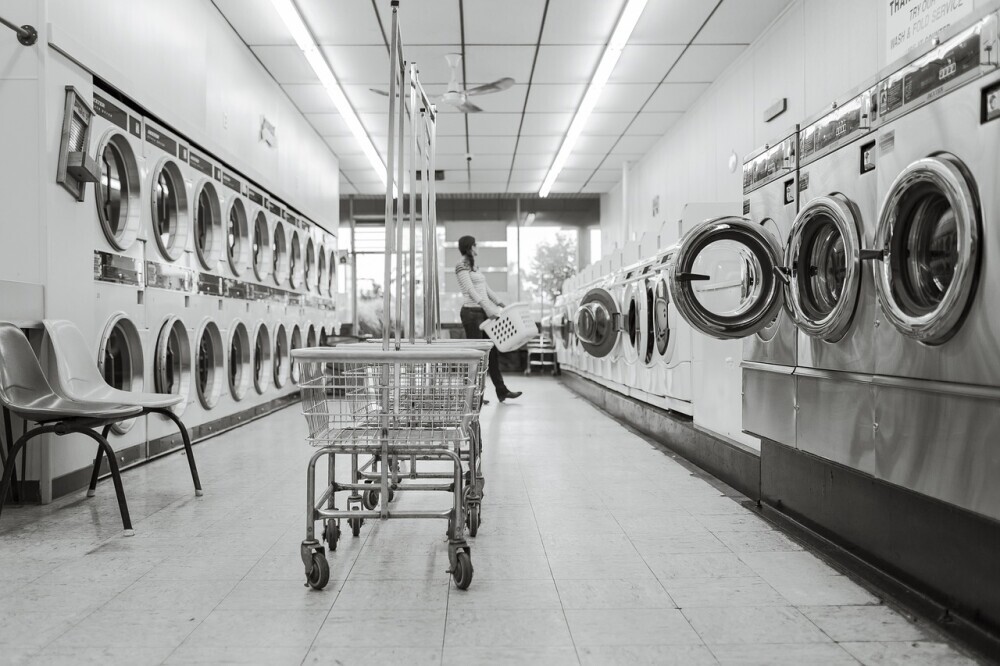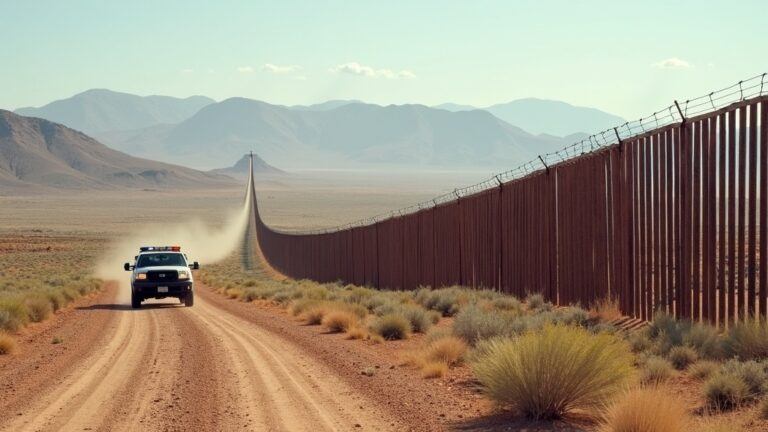Introduction
Money laundering is basically the financial engine behind organized crime, corruption, and terror finance. It’s how criminals make dirty money look clean, allowing them to spend, invest, or stash their profits without raising suspicion. The process has always adapted to the times. With today’s global economy and digital technology, money laundering is more sophisticated—and harder to spot—than ever.
Trying to keep up with the constantly changing world of illicit finance can feel overwhelming. Criminal networks use new tricks and tech all the time, which keeps banks, law enforcement, and governments on their toes. Here, I’ll break down the top five money laundering methods you’ll find right now, explaining how they work and why they’re so tricky to stop.

Table of Contents
The Top 5 Methods Used In Money Laundering
- Trade-Based Money Laundering (TBML)
- Structuring and Smurfing
- Shell Companies and Front Businesses
- Professional Gatekeepers and Financial Enablers
- Digital Laundering and Cryptocurrency
1. Trade-Based Money Laundering (TBML)
TradeBased Money Laundering is all about hiding illegal cash behind legit looking trade. Instead of bundles of cash moved across borders, criminals cook up fake or “massaged” trade documents. They might manipulate invoices, swap financial details, or invent shipments that don’t exist.
The main tricks used in TBML include:
- Over or Under Invoicing: Setting a price way too high or low so extra cash is hidden in plain sight.
- Multiple Invoices: Duplicating paperwork to justify moving large sums.
- Phantom Shipments: Creating transport documents for goods that never actually get shipped.
TBML is popular because international trade is complicated. Customs officials can’t check every shipping container, and there’s not always a clear way to spot when goods or prices don’t match up. Criminals can move money around the world almost invisibly by hiding it inside routine business transactions.
I’ve seen stories where drug cartels use textile shipments, electronics, or even bananas to shuffle money from one country to another. Sometimes, it’s as simple as filling containers with worthless goods or running fuel trucks around the border. Whatever works to move value while staying under the radar, criminals will use it. These trade methods make it tough for even alert investigators to keep up, especially when paperwork looks legit at first glance.
2. Structuring and Smurfing
This is an oldschool favorite that’s still going strong. Structuring (or “smurfing”) means splitting up big stacks of dirty money into small, less suspicious amounts. The goal is to avoid triggering financial reporting systems, which usually flag cash transactions above a certain amount, like $10,000 in the US.
Here’s how it usually goes down:
- People (sometimes called “smurfs” or “mules”) make lots of tiny deposits at different banks, ATMs, or branches.
- They might buy money orders, prepaid cards, or even send remittances overseas.
- Activities get spread around, making patterns harder for authorities to spot.
Structuring can be used for all sorts of crimes, from drug trafficking to tax fraud or human smuggling payments. Even though banks now use software to flag suspicious patterns, criminals stay a step ahead by constantly switching up their tactics, recruiting different people, and hopping between institutions. In some cases, criminals may use groups of people to carry out dozens of transactions in a single day to avoid detection.
3. Shell Companies and Front Businesses
If you want to lose a paper trail, a shell company is the goto tool. These companies often exist only on paper. They don’t actually sell products or offer services, but they’ve got bank accounts, incorporation documents, and sometimes flashy websites or addresses.
The typical moves here include:
- Setting up a shell company (often offshore), sometimes with fake owners who hide the real controllers.
- Mixing legitimate revenue with illegal proceeds through front businesses. These might be car washes, restaurants, or real estate firms rife with high cash flows.
- Transferring money between companies in different countries, making the path tough to follow.
Shell companies are popular because it’s still possible to create one with minimal identification or use nominee owners to add extra layers of secrecy. Places such as the British Virgin Islands, Panama, or Delaware have reputations as favorite spots for this kind of setup. This method hampers investigators who must track the chain of ownership across various territories, often running into dead ends or misleading paperwork.
It’s worth checking out newer laws clamping down on the anonymous ownership of companies. For example, the U.S. Corporate Transparency Act now requires many businesses to report who actually owns or controls them. This is a big deal in the fight against undercover company abuse. Increasing calls for more transparency worldwide have nudged other jurisdictions to follow suit, though real results can take some time.
4. Professional Gatekeepers and Financial Enablers
No elaborate money laundering scheme works without a little help. Lawyers, accountants, bankers, and real estate agents sometimes play a big role, knowingly or not. These professionals can set up trusts, register companies, create layered transactions, or handle real estate purchases that hide who’s really behind the money.
Here’s how enablers help:
- Forming multiple trusts or layered companies for extra secrecy.
- Managing large property or asset purchases, including homes, yachts, or artwork, often using complex ownership structures.
- Using professional privilege to keep client information confidential, which can slow down investigators.
This problem got major attention with the Panama Papers leak, which showed how certain law firms and financial experts helped set up offshore structures for a mix of celebrities, politicians, and suspected criminals. Many were just taking advantage of legal loopholes, but a few crossed the line from clever structuring into outright laundering. Such professionals might create intricate arrangements that blur the true origin of funds, creating a massive headache for authorities.
5. Digital Laundering and Cryptocurrency
The rise of digital assets has been a game changer. Cryptocurrencies make it possible for criminals to quickly move funds across borders, especially if they’re using techsavvy options like privacy coins or decentralized financial apps (DeFi).
The big digital laundering tactics include:
- Mixing and Tumbler Services: These blend crypto from many users to break the transaction trail, making tracing super tricky.
- Privacy Coins: Cryptocurrencies like Monero or Zcash are designed for anonymous transfers.
- DeFi Protocols: Decentralized apps allow for trading or “swapping” coins with no oversight, meaning nobody runs KYC checks.
- Online Gaming: Some use video games or betting platforms as temporary parking places for funds.
Law enforcement struggles to keep up because the tech changes constantly and the borderless nature of crypto means funds move across jurisdictions in seconds. Recent cases show darknet drug markets, ransomware operators, and scam rings all cashing out via crypto exchanges or peertopeer networks. Some of the largest crypto seizures ever, like those tied to the Hydra darknet marketplace, show authorities are getting better, but the chase is far from over. It’s a constant arms race between criminals and those fighting financial crime in the digital age.
Why These Money Laundering Methods Stick Around
The world’s more connected than ever. Trade moves nonstop, digital banking is everywhere, and cross border transactions happen at the speed of a click. This is great for business, but it also gives criminals a lot of ways to move dirty money around. They make use of tangled webs of transactions, multiple intermediaries, and worldwide payment platforms to hide origins or jump from one place to another.
Cash based techniques used to be the main route for launderers. But as anti cash controls got tougher, things started to switch up into digital and trade-related channels. Criminal networks are always quick to spot new gaps; new tech and weak rules make for easy targets. Even as countries close loopholes, groups tweak and combine old and new tricks to stay ahead. The process is dynamic, as both criminals and authorities adjust to each other’s evolving tactics.
Fighting Back: What’s Being Done to Stop Money Laundering
Governments, banks, and companies spend a lot of time and tech resources trying to sniff out these schemes. Here’s how the fight looks today:
- Anti-Money Laundering (AML) Programs: Most banks and big businesses have AML policies, requiring them to track unusual transactions and verify customer identities (the “Know Your Customer” rules, or KYC).
- Transaction Monitoring: Sophisticated software looks for red flags, like patterns of small cash deposits or sudden movements into crypto.
- International Standards: Groups like the Financial Action Task Force (FATF) set global rules and encourage countries to cooperate on investigations.
- New Tech Solutions: AI, blockchain analytics, and big data tools spot suspicious behavior faster and connect the dots between various accounts or companies.
Working together across borders, using smart tech, and sharing information are all needed to slow down launderers. Criminals may flip strategies quickly, but anti laundering experts are getting quicker at adapting too. On top of that, some countries have begun sharing typologies of criminals’ methods in real time, helping each other learn from recent trends. If you’d like to learn more about real world law enforcement efforts and the latest tech being rolled out by global banks, several major financial watchdogs like FinCEN and Europol offer public updates on their anti laundering missions. These efforts highlight that global coordination is a crucial piece in tackling this massive and ongoing challenge.
The Takeaway: Why Knowing About Money Laundering Matters
Understanding the methods used to hide illegal profits isn’t just for banks or police. It affects everyone. Laundered money helps finance everything from drug trafficking and terrorism to fraud and official corruption that can hurt whole communities. The crime might look invisible, but its impact lands right where everyday people live. For example, drug money that’s laundered can wind up fueling gang violence in your neighborhood, or dirty funds funneled into corrupt politicians may lead to poor public services and lost tax revenue.
Taking extra care in business deals, financial transactions, or investment opportunities helps cut off the flow of dirty money. When you recognize the warning signs, you help block criminals from abusing the system. Staying alert and asking questions before doing business adds another layer of protection for you and everyone around you. Simple steps like reporting suspicious transactions, doublechecking unfamiliar business partners, and trusting your instincts all play a part in fighting financial crime at the ground level. Wrapping up, being informed about money laundering methods is the first step towards stopping their damage—every bit of awareness helps.
If you feel like you need to report a crime involving money laundering, please don’t hesitate to contact your local law enforcement or, if in the United States, reach out to the Homeland Security Investigations or the Federal Bureau of Investigations.
Contact Us:
If you need to contact us for any reason, please feel free to do so here!






